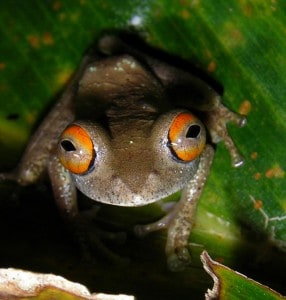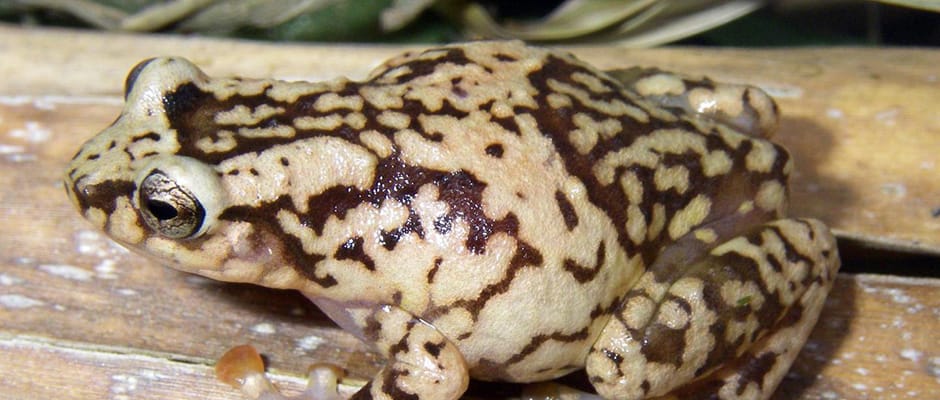Share this article
Deadly Amphibian Fungus Hits Madagascar
Scientists are calling for an emergency plan to protect the fauna of Madagascar after a fungal disease that has laid waste to vast populations of amphibians across the world has been detected for the first time on the unique island ecosystem.
“This is sad news for amphibian-lovers around the world,” said Dirk Schmeller in a release. Schmeller is from the Helmholtz Centre for Environmental Research (UFZ) and was involved in analyzing the samples. “Firstly, it means that an island that is home to a particularly high number of amphibian species is now at risk. Several hundred species live only on this island. And, secondly, if the pathogen has managed to reach such a secluded island, it can and will occur everywhere.”
Researchers from UFZ and the Braunschweig University of Technology in Germany and others have proposed an emergency plan involving probiotic treatments, monitoring the spread of the fungus and the construction of amphibian breeding stations in the journal Scientific Reports.
The fatal chytrid fungus Batrachochytrium dendrobatidis and the resulting chytridiomycosis pandemic have decimated populations of salamanders, toads and frogs in the U.S., Central America and Australia. The disease is now poised to cause destruction on nearly 290 species of amphibians found nowhere else on the world as well as a further 200 frog species thought to live in the island country that have not yet been classified by scientists.

Boophis quasiboehmei is from the Ranomafana National Park in Southeast Madagascar. The appearance of a deadly fungus in the African country could affect 290 species of amphibians unique to the island.Image Credit: Miguel Vences/TU Braunschweig
The fungus operates by attacking the skin amphibians use to breathe. It has been confirmed in more than 500 species of amphibians and is thought to be able to affect all species.
For the study, researchers looked at samples from more than 4,000 amphibians taken from 50 sites across Madagascar since 2005. Four frog samples from 2010 from the Mantidactylus genus and a Mascarene frog (Ptychadena mascareniensis) sample taken in 2011 tested positive for the disease while chytrid fungus showed up in five regions sampled between 2013 and 2014.
The Mascarene frog sample from 2011 was taken from a particularly remote location in the Makay massif—a mountain range in southeastern Madagascar. It gives scientists some hope that the disease found there could be from a previously undiscovered native strain, meaning that the amphibians on the island may have developed some resistance to the disease.
But the researchers won’t know until the disease is analyzed.
“Luckily, there have not yet been any dramatic declines in amphibian populations in Madagascar,” Schmeller said. “However, the pathogen appears to be more widespread in some places than others. Madagascar may have several strains of the pathogen, maybe even the global, hypervirulent strain. This shows how important it is to be able to isolate the pathogen and analyze it genetically, which is something we haven’t yet succeeded in doing.”
The researchers are speaking with the African country’s government with the idea of builing more breeding stations apart from the two already under construction in order to act like arks in case some species are extirpated from the wild. They are also hopeful that the disease could be fought with the help of probiotic skin bacteria.
“The decline in Madagascan amphibians is not just a concern for herpetologists and frog researchers,” said Franco Andreone from the International Union for Conservation of Nature (IUCN) and one of the coauthors of the study. “It would be a great loss for the entire world.”
Header Image:
Chytrid fungus was proved on a Platypelis pollicaris frog from southeastern Ranomafana. Reserachers recently discovered the deadly fungus in several areas of the island country of Madagascar.
Image Credit: Miguel Vences/TU Braunschweig








